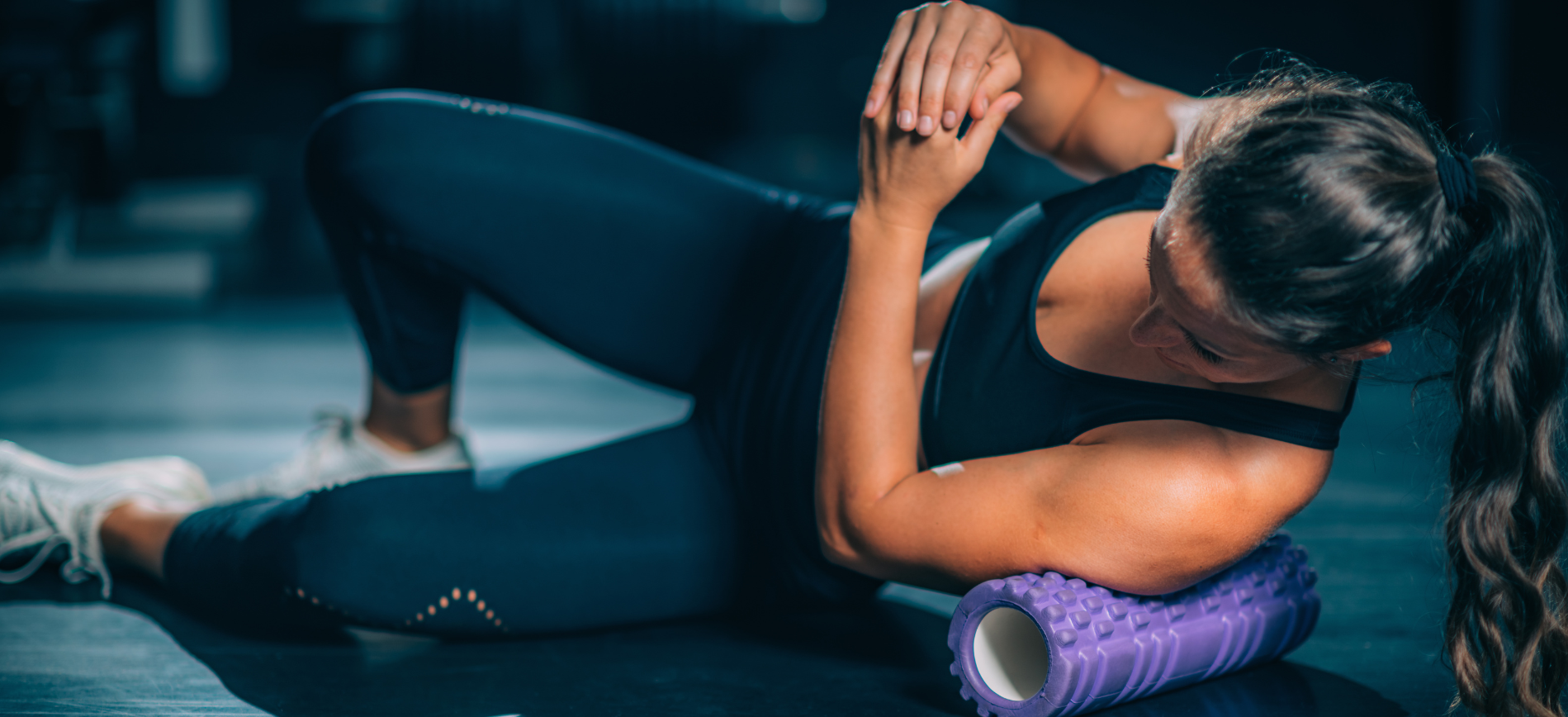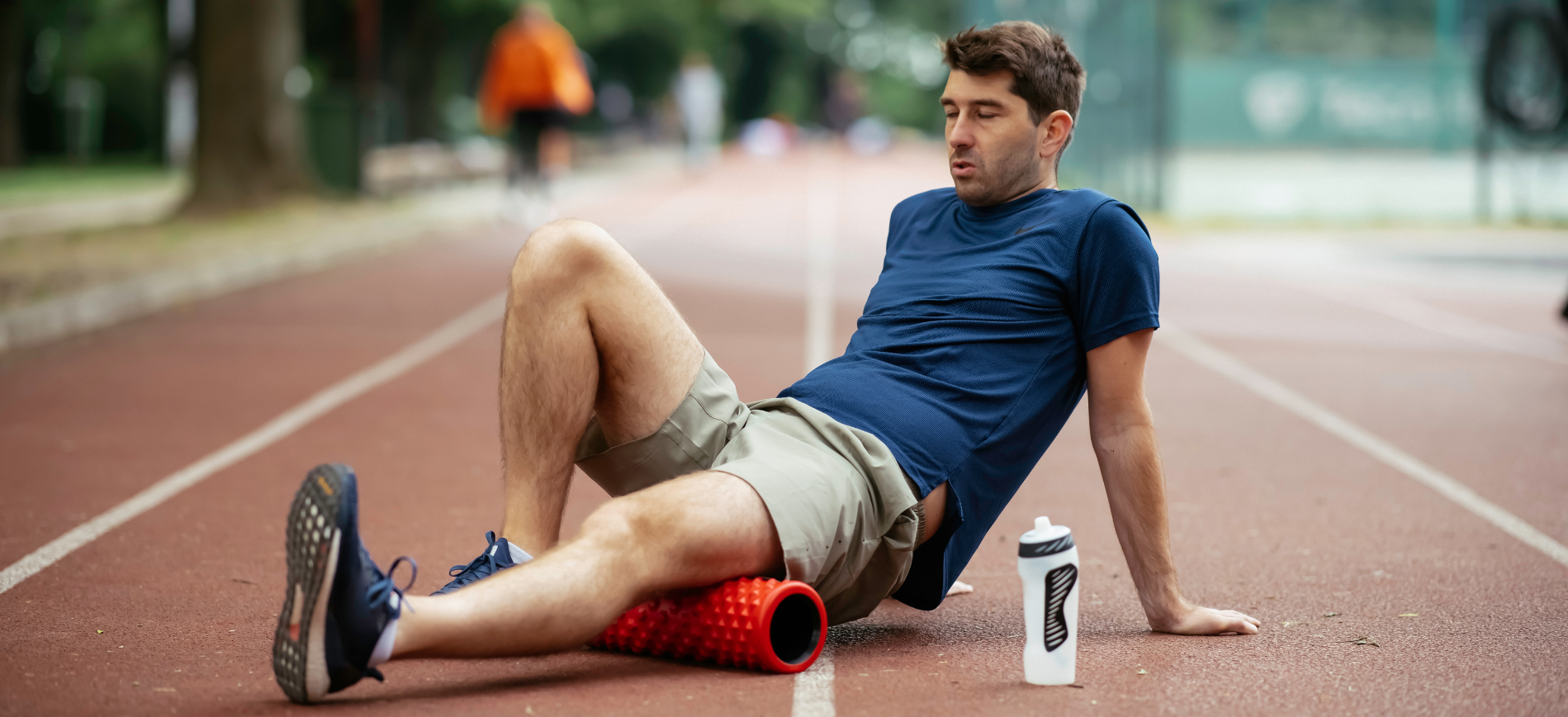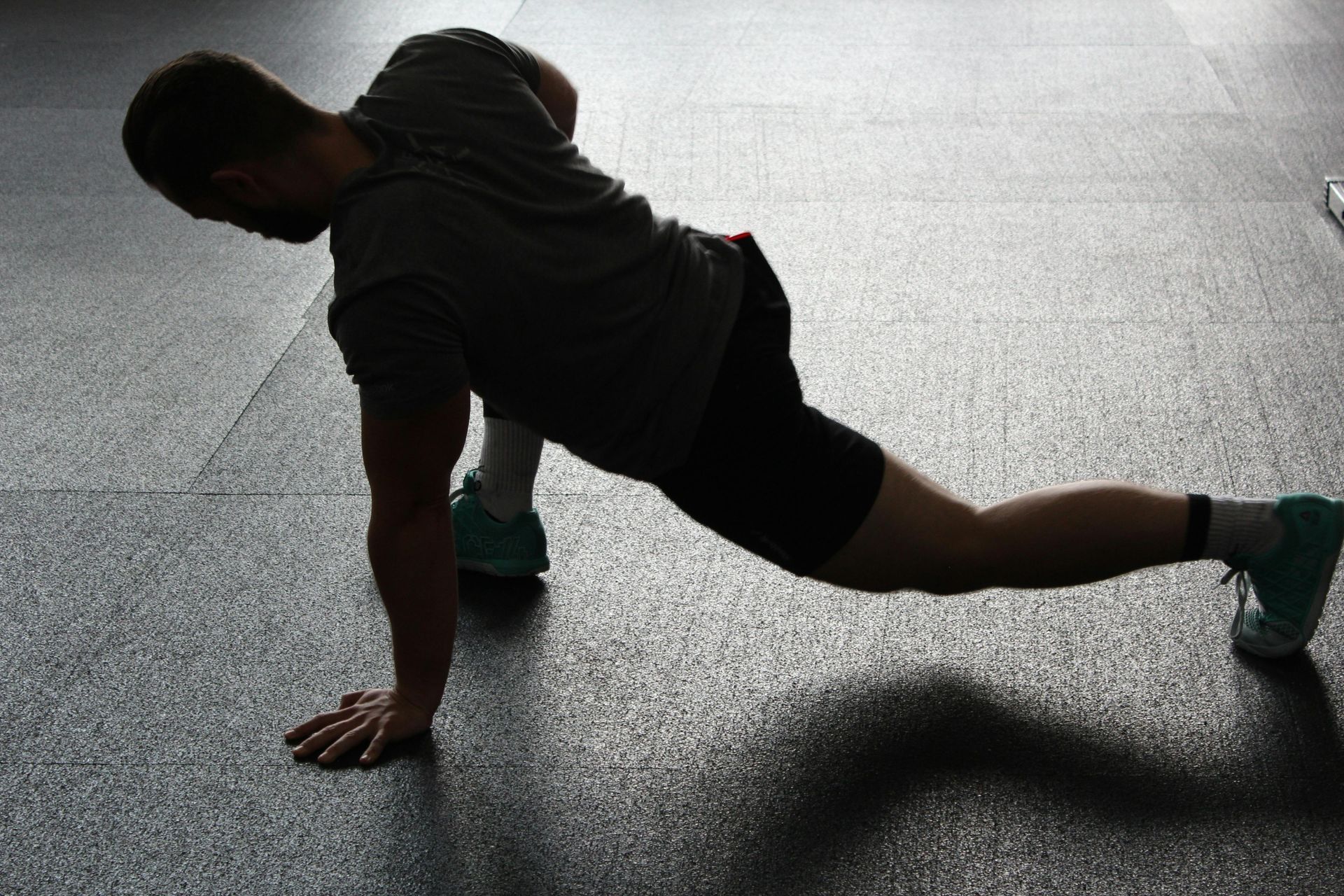The Importance of Foam Rolling: A Key to Recovery and Performance
Foam rolling, a simple yet effective technique, has become a staple in the fitness and wellness communities. This practice offers numerous benefits that align with the values and teachings highlighted in reputable health sources, such as the Cleveland Clinic. Whether you're an athlete, fitness enthusiast, or someone looking to improve overall well-being, foam rolling can play a crucial role in enhancing performance and aiding recovery.

Understanding Foam Rolling
Foam rolling involves using a cylindrical foam roller to apply pressure to various parts of the body, targeting the fascia, the connective tissue surrounding muscles and internal organs. Over time, fascia can become tight or develop adhesions due to intense physical activity, poor posture, or sedentary lifestyles. Foam rolling helps release these adhesions, improving flexibility and reducing muscle tension, as emphasized by experts at the Cleveland Clinic.
Benefits of Foam Rolling
1. Improved Flexibility and Range of Motion
Foam rolling is highly effective in enhancing flexibility and increasing the range of motion. By breaking down adhesions in the fascia, foam rolling allows muscles to move more freely. Research supports the idea that foam rolling can significantly improve range of motion without compromising muscle strength, making it an invaluable tool for athletes and fitness enthusiasts.
2. Enhanced Muscle Recovery
Post-exercise muscle soreness, also known as delayed onset muscle soreness (DOMS), can hinder performance and make daily activities uncomfortable. Foam rolling helps alleviate DOMS by increasing blood flow to the affected areas, promoting the removal of metabolic waste products, and delivering essential nutrients for muscle repair. This aligns with findings from the Cleveland Clinic, which highlight foam rolling's role in accelerating recovery.
3. Reduced Muscle Tension and Pain
Foam rolling acts as a form of self-massage, helping to release muscle knots and trigger points. This process reduces muscle tension and pain, making it an excellent tool for managing conditions such as chronic back pain or tight hips. The Cleveland Clinic emphasizes that foam rolling can effectively decrease muscle tightness and improve overall muscle function, contributing to better physical health.
4. Improved Circulation
By stimulating blood flow to the muscles and fascia, foam rolling enhances circulation. Improved circulation ensures that oxygen and nutrients are efficiently delivered to the muscles while facilitating the removal of waste products. This increased blood flow contributes to faster recovery and better overall muscle health, a benefit underscored by the Cleveland Clinic's experts.
5. Injury Prevention
Regular foam rolling can help prevent injuries by addressing muscle imbalances and improving tissue quality. By maintaining healthy fascia and promoting optimal muscle function, foam rolling reduces the risk of strains, sprains, and other common injuries associated with physical activity. The Cleveland Clinic points out that foam rolling can be a valuable addition to an injury prevention program, helping to keep you active and healthy.

How to Incorporate Foam Rolling into Your Routine
1. Warm-Up and Cool-Down
Foam rolling can be incorporated into both your warm-up and cool-down routines. Before a workout, use the foam roller to target major muscle groups, such as the quadriceps, hamstrings, and calves, to prepare your body for exercise. Post-workout, focus on areas that feel tight or sore to aid recovery, as recommended by the Cleveland Clinic.
2. Consistency is Key
For optimal results, consistency is essential. Aim to include foam rolling in your routine at least three to four times a week. Regular use will help maintain flexibility, reduce muscle tension, and prevent the buildup of adhesions.
3. Target Problem Areas
Pay special attention to areas of the body that are prone to tightness or discomfort. Common problem areas include the IT band, calves, and upper back. Spend extra time on these areas to ensure thorough release.
4. Listen to Your Body
Foam rolling should be slightly uncomfortable but not painful. If you experience sharp pain or discomfort, reduce the pressure or adjust your position. Over time, as your muscles become more accustomed to foam rolling, you can gradually increase the intensity.
5. Combine with Other Techniques
While foam rolling is highly effective, it should be used in conjunction with other recovery and flexibility techniques, such as stretching, dynamic warm-ups, and proper hydration, to maximize its benefits.
Conclusion
Foam rolling is a versatile and accessible tool that offers a wide range of benefits, from improving flexibility and enhancing muscle recovery to reducing tension and preventing injuries. By incorporating foam rolling into your fitness routine, you can support your body's performance and overall well-being. As with any wellness practice, consistency and proper technique are key to reaping the full rewards of foam rolling. For more detailed information on foam rolling and its benefits, refer to the comprehensive guide provided by the [Cleveland Clinic









